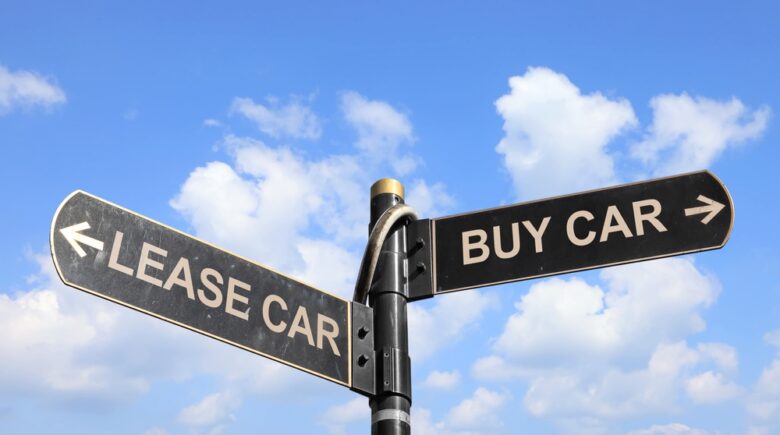The automotive industry is a broad and diverse field that encompasses the design, development, manufacture, marketing, and sale of automobiles, motorcycles, and other vehicles. It is a major contributor to the global economy and employs millions of people around the world.
The automotive industry can be divided into several segments, including:
Original Equipment Manufacturers (OEMs): These are the companies that design and manufacture vehicles, such as Ford, General Motors, Toyota, and Volkswagen.
Suppliers: These companies provide parts and components to the OEMs, such as Bosch, Continental, and Denso.
Retail: This segment includes dealerships and other outlets that sell vehicles to consumers.
Aftermarket: This segment includes companies that provide products and services to maintain and repair vehicles, such as auto parts stores, repair shops, and gas stations.
The global automotive industry is dominated by a few large companies, with the top 10 manufacturers accounting for about 70% of global production. The industry is also characterized by intense competition and constant technological innovation, as companies compete to produce vehicles that are more efficient, safer, and more environmentally friendly.
The industry has been facing challenges in recent years, such as the shift towards electric and autonomous vehicles, increased regulatory pressure on emissions and safety, as well as the impact of the COVID-19 pandemic on the production and sale of vehicles.
In recent years, the industry has also been affected by the growing trend of ride-sharing and car-sharing, which has led to a decrease in car ownership and an increase in the use of shared mobility services.
Auto Statistics in USA
The car market in the United States is one of the largest in the world, with millions of cars being bought and leased each year. Here are some statistics on the car market in America:
In 2020, U.S. light vehicle sales totaled 13.7 million units, which is down from 17.1 million units in 2019, due to the impact of the COVID-19 pandemic.
The average price of a new car in the United States was around $38,000 in 2020.
The average car loan in the United States is around $31,000, with an average monthly payment of around $550.
The average length of a car loan in the United States is around 67 months (5 years and 7 months).
The average lease term in the United States is around 36 months (3 years).
The average down payment for a car loan in the United States is around 10-20% of the total cost of the car.
The average interest rate on a car loan in the United States is around 4-5%.
As of 2020, the most popular car brands in the United States are Ford, Chevrolet, and Toyota.
According to a survey by Edmunds, around 30% of car buyers in the United States choose to lease their car.
These statistics are based on the data from 2020 and 2021, it’s important to note that these numbers are subject to change depending on the current economic situation and the impact of the pandemic on the market.
Buying vs. Leasing a Car in America
Buying a car and leasing a car are two different ways of obtaining a vehicle. Each option has its own pros and cons, and the best choice for you will depend on your personal circumstances and financial goals.
When buying a car, you will typically make a down payment and then make monthly payments to pay off the remaining balance of the car loan. Once you have paid off the loan, you will own the car outright and can do with it as you please. Buying a car is best for those who plan to keep the car for a long time, who want the freedom to customize their car, and who want to build equity in the car.
On the other hand, leasing a car is essentially renting a car for a set period of time, usually two to four years. You will make monthly payments based on the car’s projected depreciation over the lease term, and you will also be responsible for paying for any damages or excessive wear and tear at the end of the lease. Leasing is best for those who want to drive a new car every few years, who want lower monthly payments, and who drive less than 12,000 miles per year.
When it comes to buying vs leasing a car in America, it depends on the individual’s preferences and financial situation, as both options have their own advantages and disadvantages. Some things to consider when making a decision include:
How long do you plan to keep the car? If you plan to keep the car for several years, buying may be a better option.
How much do you drive? If you drive a lot, buying may be a better option as leases usually have mileage limits and charge extra fees for going over those limits.
How much do you want to spend? Leasing typically has lower monthly payments than buying, but in the long run, buying can be less expensive if you plan to keep the car for a long time.
How important is flexibility? If you want the freedom to customize your car, you are probably better off purchasing the vehicle.
The Pros and Cons of Buying vs. Leasing a Car
Buying a car and leasing a car are two different ways of obtaining a vehicle, and each option has its own set of pros and cons.
Pros of Buying a Car:
Once the car is paid off, you own it outright and can do with it as you please.
You can build equity in the car, which can be used as a down payment on a future car or to borrow against in case of an emergency.
You can drive as many miles as you want without incurring any additional charges.
No mileage limits, you can drive as much as you want.
You can customize the car to your liking.
Cons of Buying a Car:
The initial cost is typically higher than leasing, as you will need to make a down payment and pay off the remaining balance of the loan.
Monthly payments are usually higher than leasing.
Cars depreciate in value over time, so you may end up owing more on the car than it is worth.
Pros of Leasing a Car:
Lower monthly payments than buying.
You can drive a new car every few years.
You are only responsible for paying for the car’s projected depreciation over the lease term.
You can avoid the hassle of selling the car at the end of its useful life.
Leasing can be a good option if you drive less than 12,000 miles per year.
Cons of Leasing a Car:
You never own the car and must return it at the end of the lease term.
You are responsible for any damages or excessive wear and tear at the end of the lease, which can be costly.
You have limited freedom to customize the car as some modifications may be prohibited by the lease agreement.
You will be charged additional fees if you exceed the mileage limit.
You may end up paying more in the long run compared to buying, as you will be leasing multiple cars over time.
In conclusion, leasing a car can be a good option for people who want lower monthly payments, drive less than 12,000 miles per year, and want to drive a new car every few years. However, leasing a car also comes with limitations such as mileage limits, additional costs for damages and wear and tear, and the fact that you will not own the car. It’s important to consider your personal situation and needs before making a decision.



